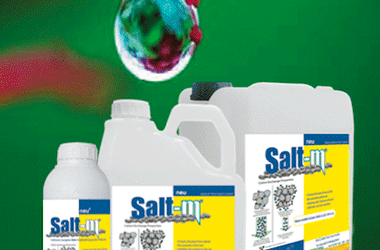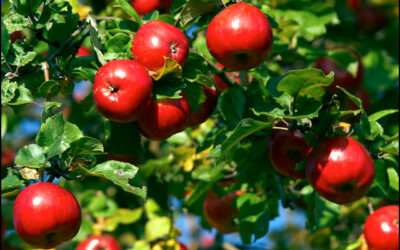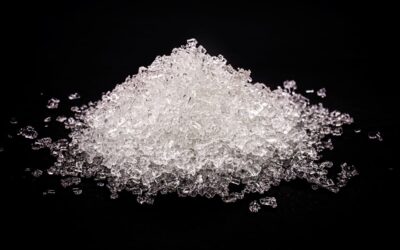Increasing Efficiency in Fertilization
Plants need primary resources such as sun, water, air, and soil to survive. Some of these resources can be directly intervened by human beings, while others are resources that cannot be interfered with at all. The “sun” as a light source acts as the trigger of the photosynthesis reaction in plants. Artificial lighting is used only in the production of hydroponic culture, which continues to be produced in high-tech greenhouses in the Netherlands. The sun is one of the most important natural resources that plants can benefit from.
Another indispensable and irreplaceable resource for crop production is “air.” CO2 enrichment in small areas may not be practical in large sizes. Humans can only interfere with water, soil, and fertilization resources in crop production. For this reason, we will mention the existence and practical applications of crop production and fertilization in this article. In addition, we will touch on the issues of “increasing the efficiency of fertilization.”
Increasing the Efficiency of Fertilization
In order to increase the maximum yield and quality in plant production, the necessary nutrients are obtained from the soil or soilless production material through the roots of the plants. If nutrient elements are missing for production, these elements are given to the plants by fertilization. Nutrients are given to the root zone of the plants by irrigation. Nutrients are transported to plants with the help of water. For this reason, today, agricultural plant nutrition technologies treat irrigation and fertilization as a single concept and apply it.
Irrigation and fertilization practices are important agricultural inputs that should be carried out within a set of rules supported by scientific facts. With the correct irrigation and fertilization management, targeted production and quality can be increased.
Water should be given to the plants when they need it. In other words, it can be said that water can be given to the plants several times a day, and irrigation times can be increased or decreased according to the climate and plant conditions.
Fertilization and Irrigation in Plants
As in irrigation, there are important points to be considered in fertilization. Fertilizers should be given to the plants in the right amount and at the right time. Otherwise, the fertilizer does not provide any benefit and may have harmful effects. Depending on the importance of all these issues, scientists have developed some techniques to give the right amount of fertilizer to the plants and make these amounts measurable. Thus, fertilization calculations have developed in a way that the “amount/area” methods.
When calculating fertilization, the recommendations given in kilograms/decares are insufficient. Since fertilizer is applied with water and depending on the amount of water used with irrigation, the effectiveness of the same amount of fertilizer recommended as kg/da changes. In both directions (application with less water or more water), the effect of fertilizer on the plant will be negative.
For these reasons, today’s agricultural technologies give their recommendations on the amount of fertilizer together with the amount/volume of water. This method gives fertilization recommendations as mg/liter or meq/liter. Here are the fertilizers required to be applied to the plants. It is defined as the amount of fertilizer in milligrams required in 1 liter.



